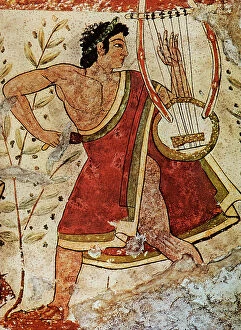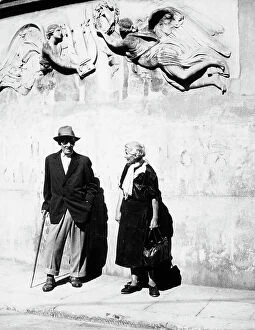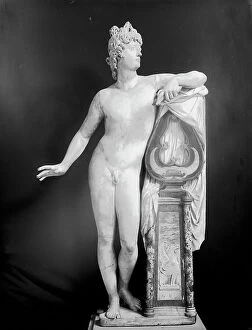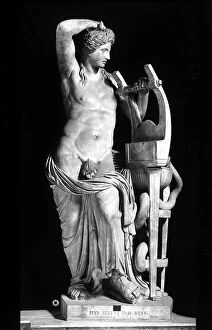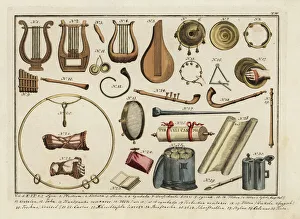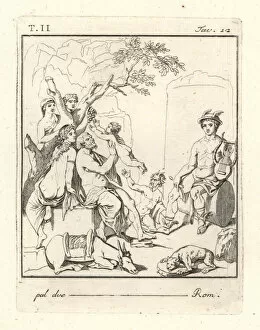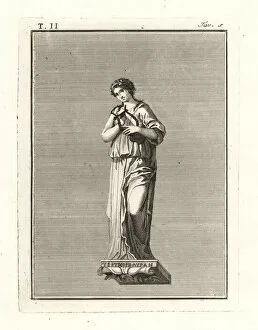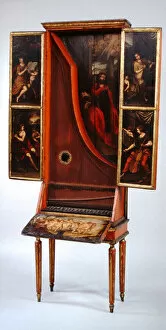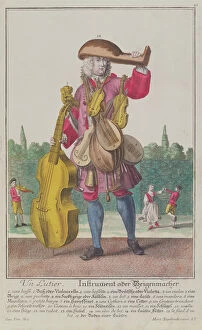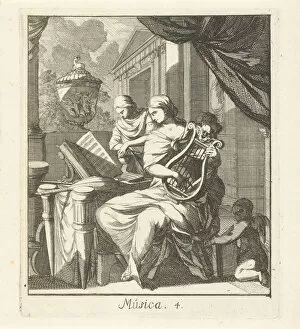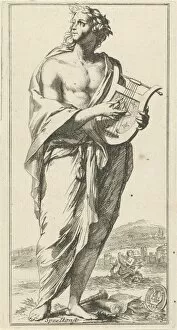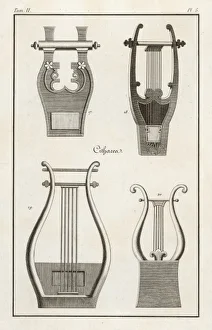Cithara Collection
"Cithara: The Melodic Muse of Ancient Times" Step into the enchanting world of ancient Greece and discover the captivating beauty of the cithara
All Professionally Made to Order for Quick Shipping
"Cithara: The Melodic Muse of Ancient Times" Step into the enchanting world of ancient Greece and discover the captivating beauty of the cithara, a classical musical instrument that resonated with divine melodies. This Hellenistic relief depicts a Muse gracefully strumming the zither, her fingers dancing across its strings like poetry in motion. The cithara held great significance in Greek culture, as seen in this pattern for a tapestry woven with bronze thread depicting Apollo himself serenading his lyre or cithara. It was believed that this celestial instrument possessed the power to soothe troubled souls and inspire creativity. Sappho, renowned poetess from antiquity, immortalized her love for music through an etching where she is portrayed alongside her beloved cithara. Her verses echoed through time, capturing hearts with their lyrical charm. Intriguingly enough, statues of Apollo often depicted him adorned with a halo while holding both his sacred cithara and plectrum. These symbols embodied not only his mastery over music but also his role as the god of light and inspiration. The Bacchic chorus of musicians and dancers further celebrated the harmonious union between rhythm and movement. Their jubilant performances brought forth joyous festivities where wine flowed freely amidst melodic tunes played on various classical instruments including the illustrious cithara. Even muses themselves were captivated by its allure - Erato, muse of lyric poetry, found solace in its dulcet tones while Terpsichore, muse of dance, embraced it as she swayed to its rhythmic cadence. As centuries passed by, new iterations emerged such as the clavicytherium - an early 17th-century creation blending wood and other materials to produce ethereal sounds reminiscent of ancient times when gods walked among mortals. Legends intertwined with artistry come alive through chromolitho prints like "Dolphin - Arion is saved by a dolphin.




